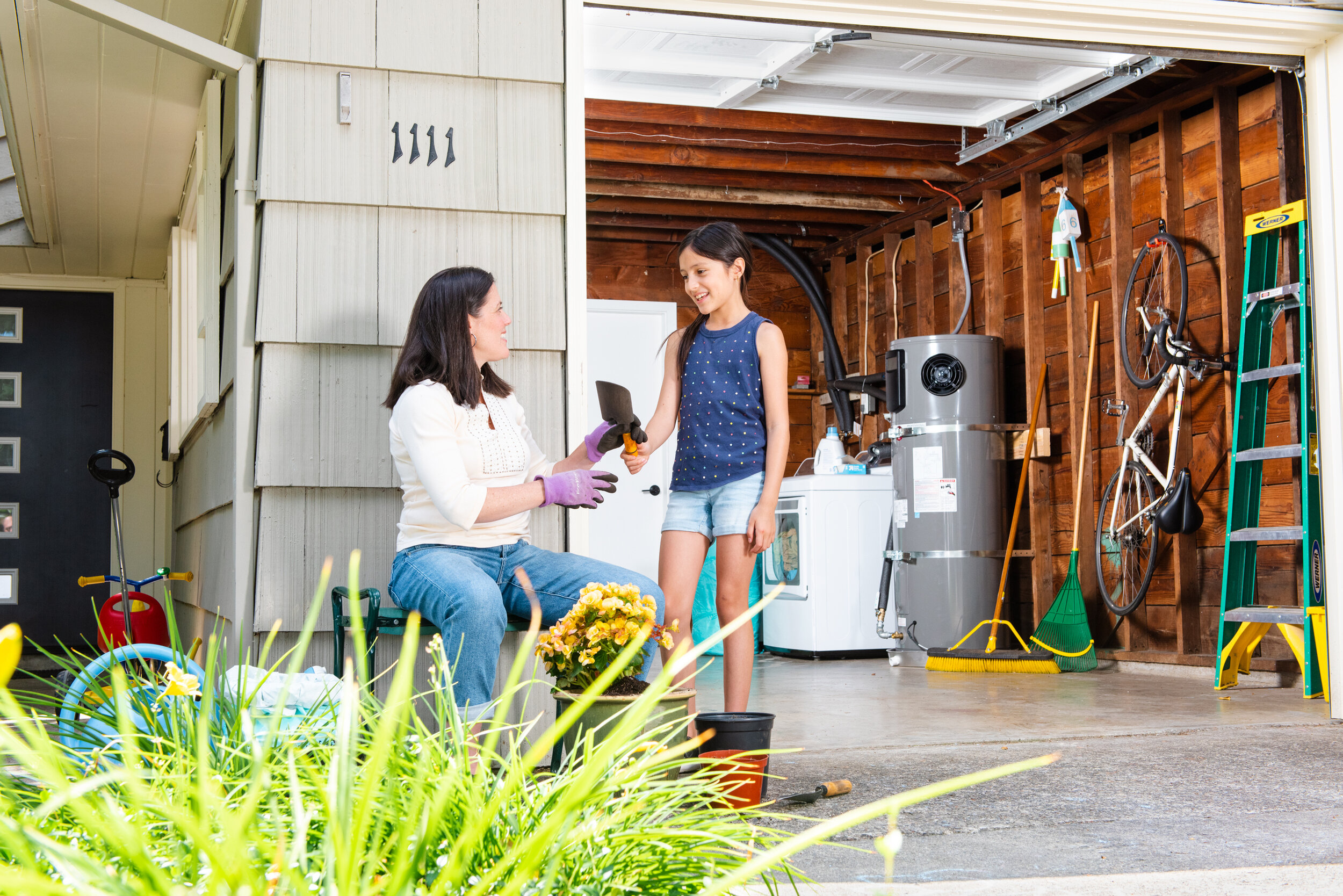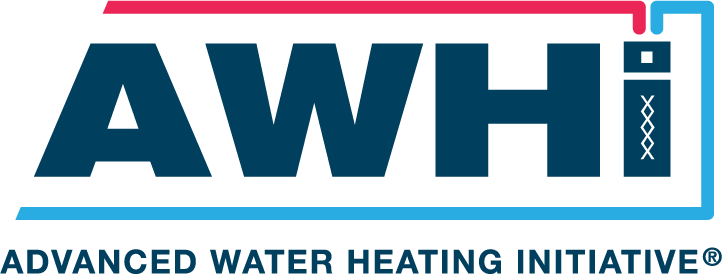
Showers, clothes washers and dishwashers add up to 19-32% of home energy use. In some multifamily buildings, water heating is the top source of energy consumption. We can do better.
AWHI is a nationally supported, locally run effort that will help transform the market for efficient heat pump water heaters, cutting costs for Americans while creating thousands of good-paying jobs in the process.
Creating the change we need is not something one entity can do on its own. There is an important role for organizations across the building and energy industries—building owners, utilities, state and local governments, efficiency programs, manufacturers, engineers, and other industry professionals—to leverage their work and act collectively.
New construction.
AWHI will influence building codes, engage with engineers and builders, and leverage public investment in affordable housing to create a new market standard.
Existing buildings.
AWHI will support states, local government, and electric utilities in deploying incentives, consumer marketing, and educational resources to proactively replace inefficient water heaters in existing buildings.
A new HPWH market.
AWHI will grow market share of residential and mulitfamily/commercial HPWH systems from the current 2% to 100% of all new sales for both single-family and multifamily homes by 2030.

Grid-connected, smart HPWHs shift energy demand to off-peak periods reducing pollution from dirtier power generation. The demand response potential in the U.S. through a complete transition to HPWHs is major—20 to 40 Gigawatts.
– Research by the Brattle Group 2019, National Potential for Load Flexibility.
AWHI is working to make HPWHs universal in single-family, multifamily, and commercial buildings. Here’s how.
Improve availability of HPWHs for every building.
Support innovation and coordinate with manufacturers to make affordable, high performance, grid-enabled products available for all residential and multifamily and commercial buildings.
Ensure programs and policies working together.
Align upstream, midstream, and downstream incentive programs to share best practices and coordinate engagement with supply chains across cities and states. Drive higher consumer demand.
Deploy national, regional, and local marketing and communication efforts to build consumer awareness and demand. Use partnerships and collaborations to broaden our reach.
Create experts along the supply chain.
Accelerate workforce development with compelling educational resources, modern instructional design, and on-the-go tools.







